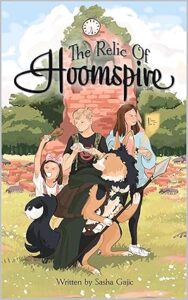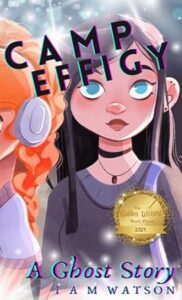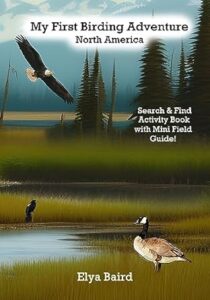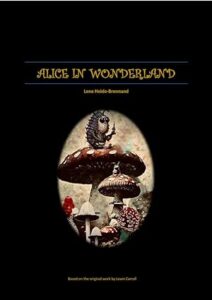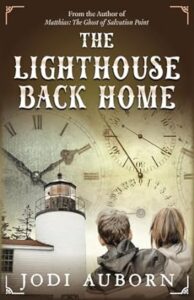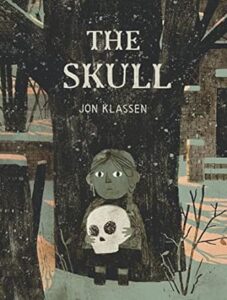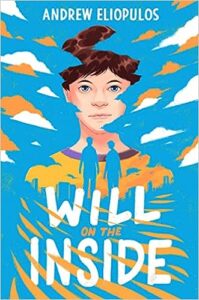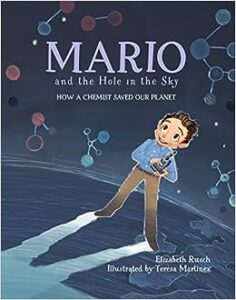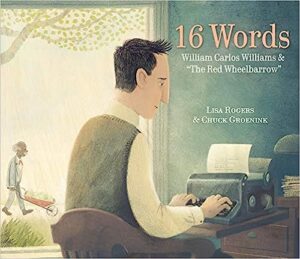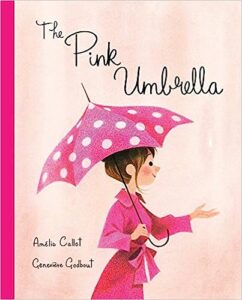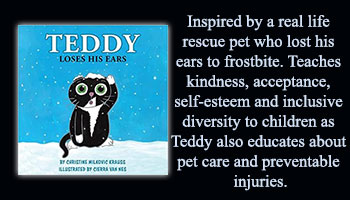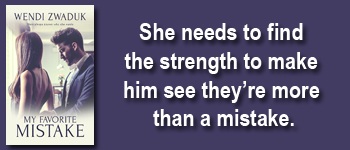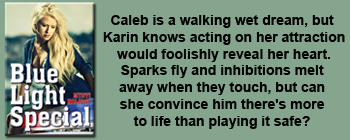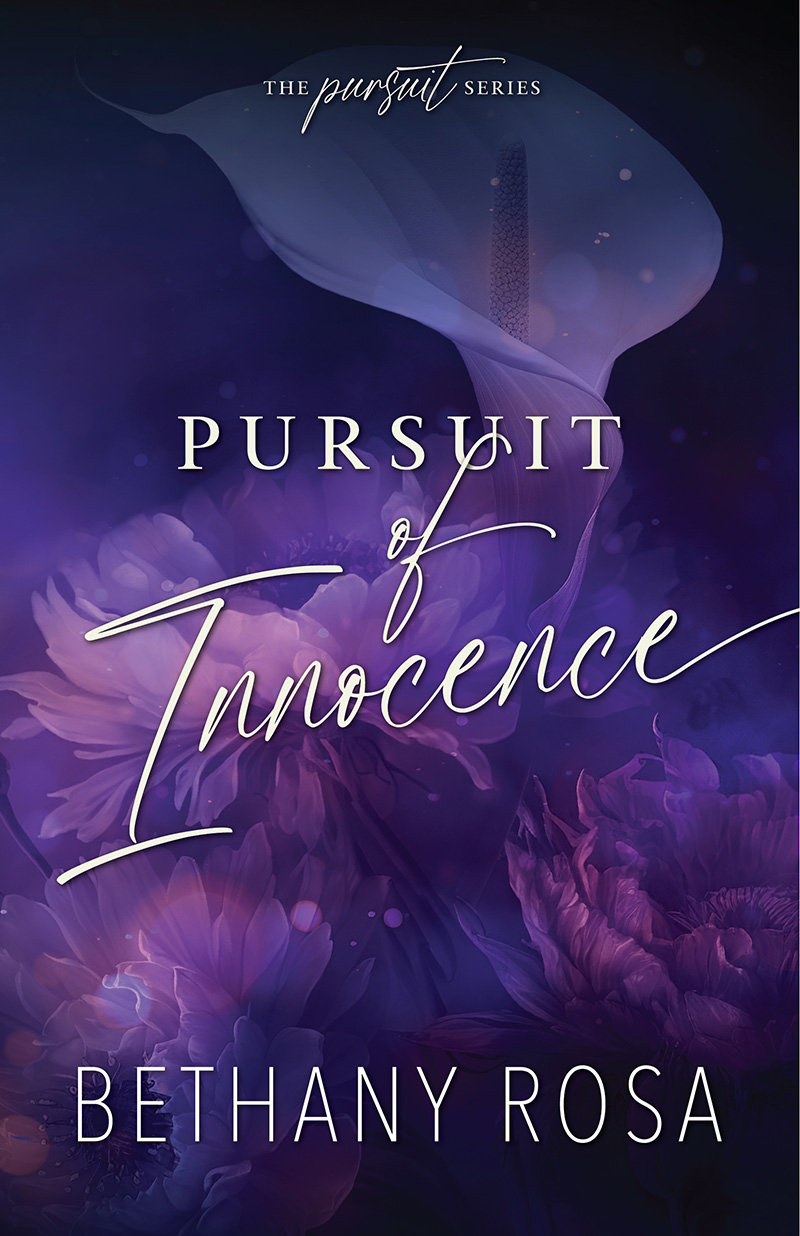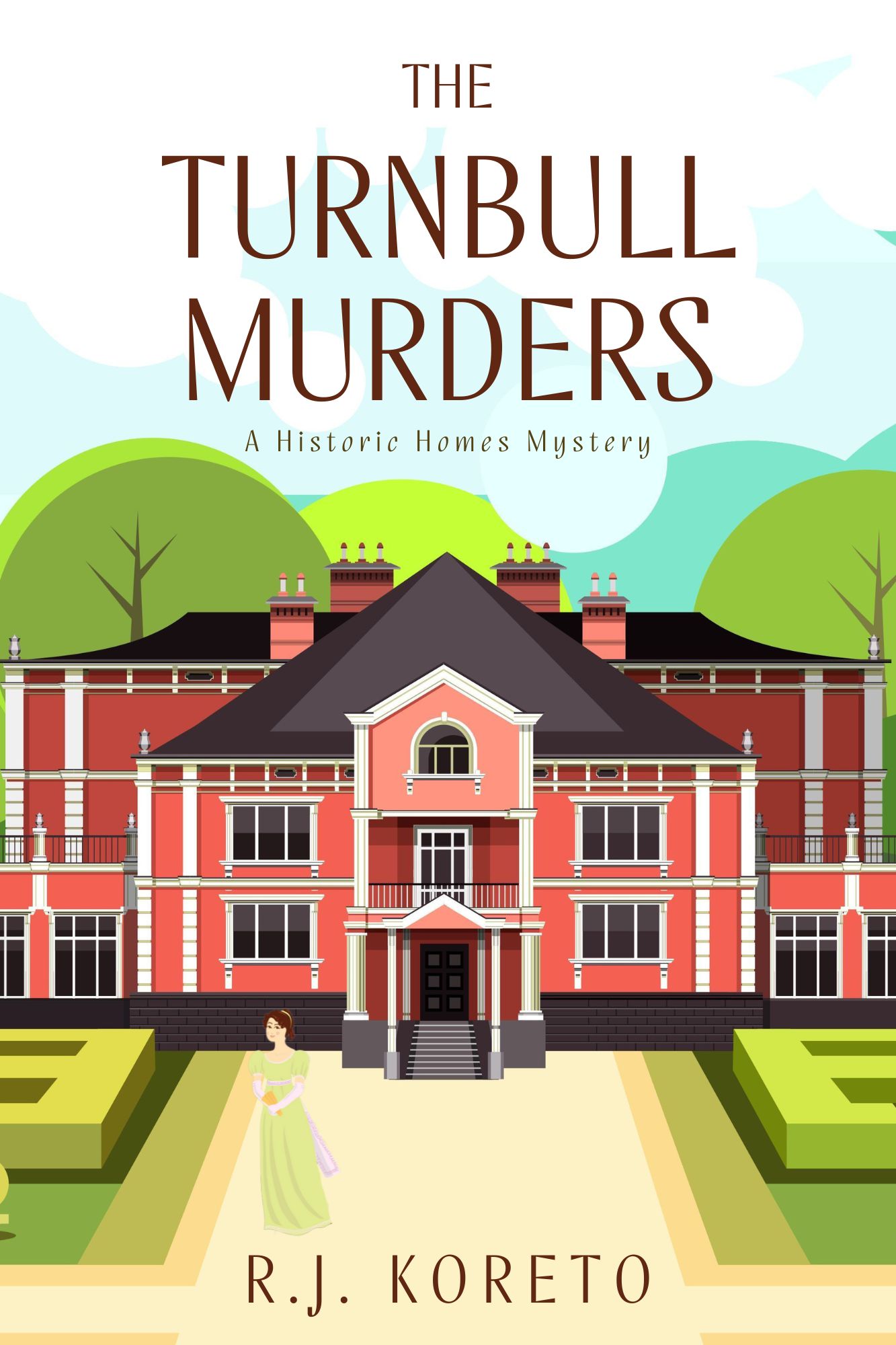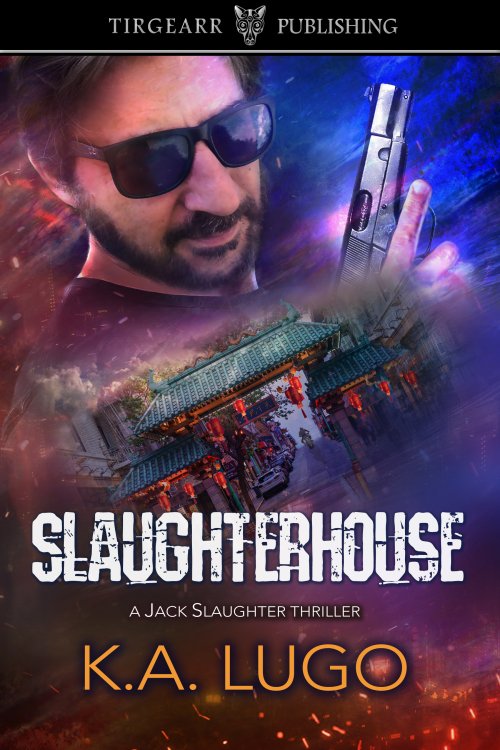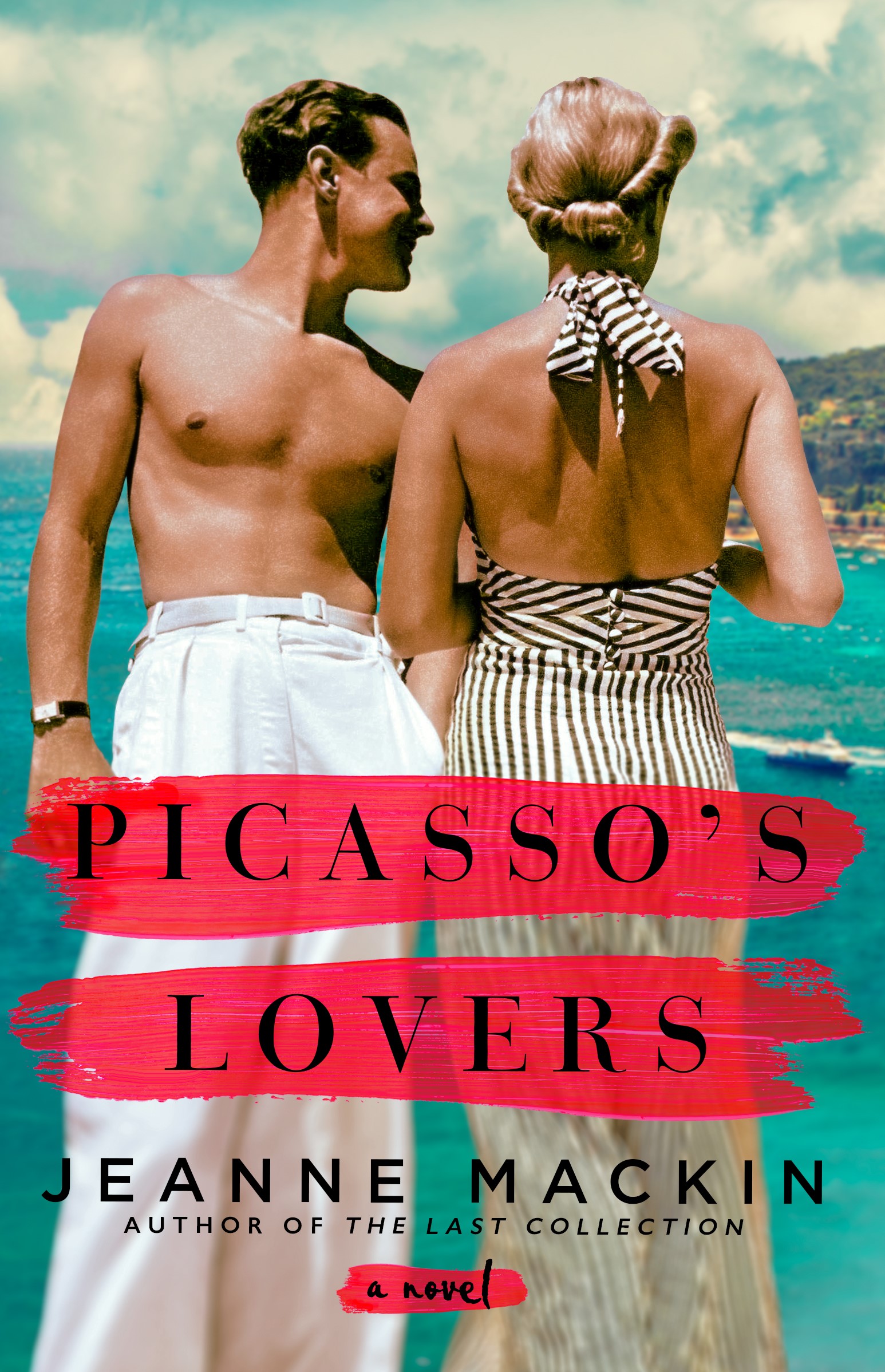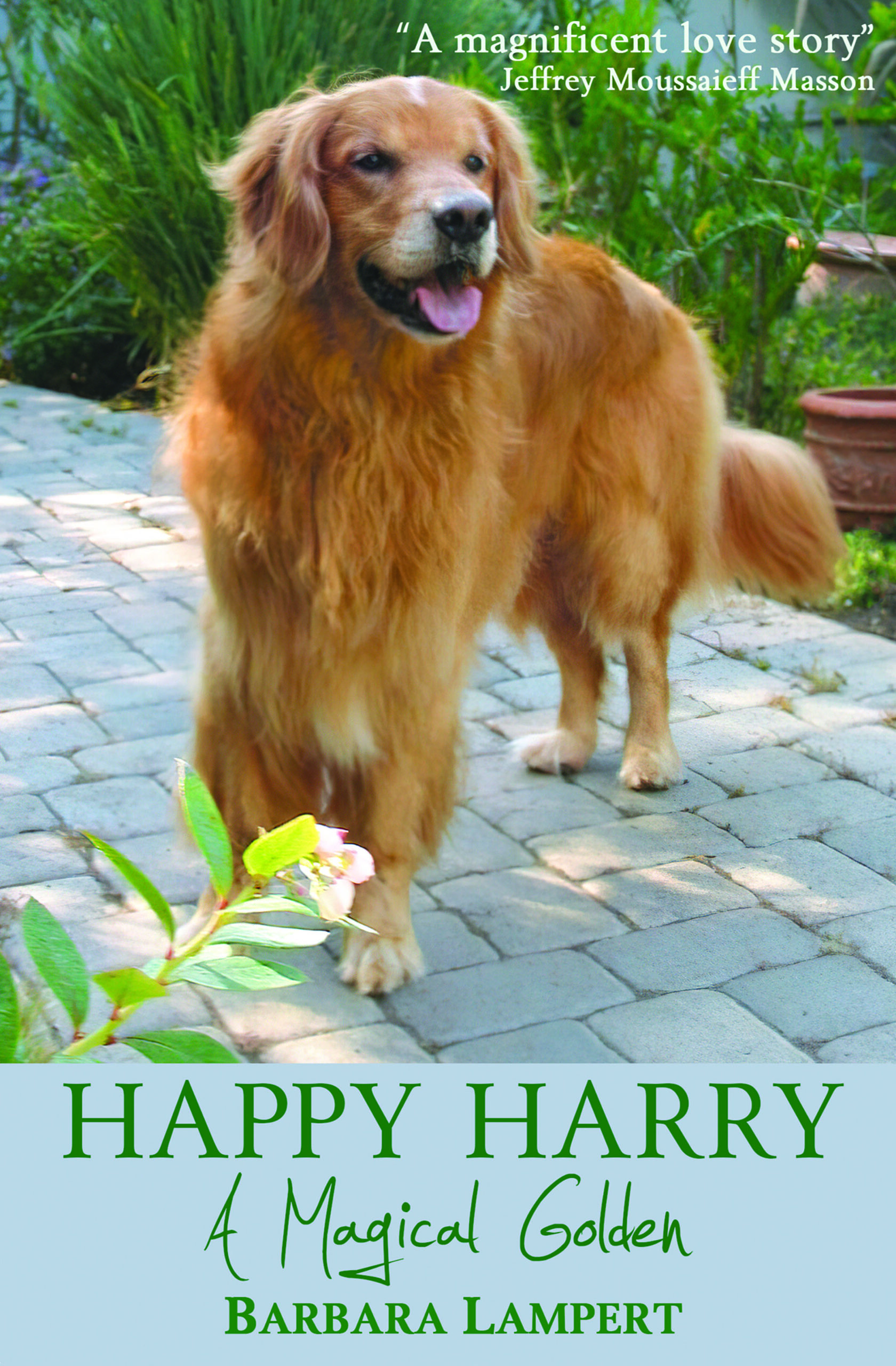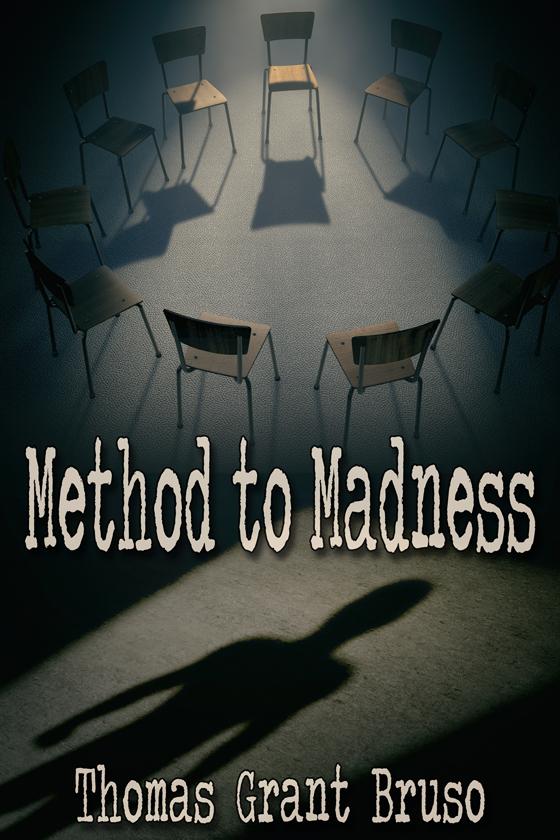The Relic of Hoomspire by Sasha Gajic
Publisher: Self-Published
Genre: Middle Grade (8 – 12 y.o.), Sci-Fi/Fantasy
Rating: 4 Stars
Reviewed by AstilbeIncredible adventure. Heart-stopping danger. Wholesome exploration. The bonds of family and friendship. Talking dogs. Talking dogs?
If you have a middle grader in your life who loves to dive into exciting science fiction stories, then they’re going to love The Relic of Hoomspire. 10,000 years ago, an asteroid chased humanity into underground cities, leaving most of their world behind – including their four-legged best friends. Friends who missed their humans so much that they would worship and emulate them by using their artifacts to build wondrous cities, learn to speak their language, and rapidly evolve to walk and use tools like them.
Trapped on the surface after exploration gone wrong, three young human siblings would encounter their old companions, and strike out together in search of a map to their underground city entrance and the promise of ancient human secrets. Through tragic loss and heart-stopping danger, the new friends would face shocking revelations that would leave hearts shattered and new bonds strained. But in the face of insurmountable peril, the children and their canine friends would remember just how much they mean to one another.
Mei and Winnie, Su and Chase, Jaden and Copper, they all represent the best and worst in us, but the undeniable power of a love between a human and their dog is something that will always withstand the test of time.
Friendships come in all shapes and sizes.
Telling the truth about history isn’t always easy. I liked the passages that explored how or if new generations should learn about the ugly things their ancestors did or were the victims of. This isn’t a topic that has a black and white answer, so there was plenty of space for nuance here as some characters argued for sharing every last detail while others thought it was better to focus on the positive aspects of the past before figuring out a way to gently mention some of the negative ones.
I did find myself wishing for a little more character development for both the hooms (humans) and the Kineen (dogs). As exciting as it was to read about all of their adventures, there wasn’t quite enough time devoted to exploring their personalities or how the revelation that both groups still existed and were doing well affected everyone who made that marvelous discovery.
The world building was strong and steady. I enjoyed seeing how much effort the author put into the little details of both the human and the dog cultures. Such things add up over time as later revelations build upon what the audience already knew. Some of the best world building moments in my opinion were based on misunderstandings the two groups had created about each other over the thousands of years they had been separated, so keep an eye out for those passages in particular.
The Relic of Hoomspire was adventurous.
